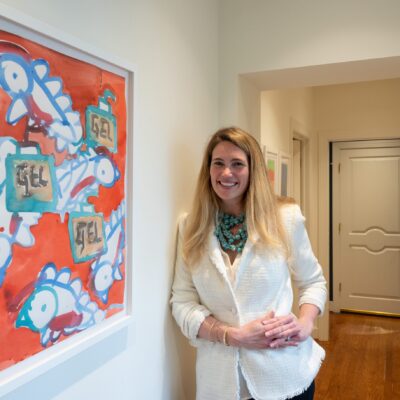Architects face an uncertain time. On one hand, we are in the fading era of famous designers, the “starchitects” who shaped discussion of what architecture should be—those who transcended typical barriers facing architecture by mastering the globalized market economy, delivering the ultimate branding strategy based on design to corporations and a wealthy elite. On the other hand, changing construction laws and risk structures in the United States have relegated architects to a reduced role in decision-making and design processes: Embracing specialization and safety has made architecture subservient to commercialized interests.
High-profile buildings push the boundaries of what was once thought possible in architecture. Changing laws and roles support a new marketplace that demands cost-effective speed and clarity of responsibility. But is this what the architect should be? Detached spacial sorcerer, deliberate risk-manager or subservient service provider—insurer of buildings built instead of ensurer of a built environment that sustains society for the long term? Who is left to serve the public realm?
In a time of continual crisis, society cannot rely on commercialization or perfecting existing systems to find solutions; around the world, 20th century institutions are fracturing, failing to adapt to challenges of constant change. New political, economic, environmental and societal relations are needed—but at its heart, a society needs to address how it lives. That reality directly shapes societal values and institutions—the responsibility of the architect, the built environment and the public realm are critical components in determining how we live.
At our best, architects can synthesize societal demands. We can take position in a society that demands leadership from those with our particular skill set: orchestrators of bold ideas with long-term outlooks, doers that have mastered collaboration to synthesize multiple expertise, innovative thinkers. Architects can make positive impacts in society, but decision-making power still lies too far outside our domain, so we must endeavor to develop methods of engagement with decision-makers at all levels to promote solutions to societal issues. These very methods are being pursued in the School of Architecture at UVA.
Five years ago, a research project was initiated in the School of Architecture for the Yamuna River in New Delhi, India. The Yamuna is one of the most polluted rivers in the world and many of the city’s 25 million citizens rely on it daily. This crisis stemmed directly from institutional failure to manage growth, health, water and waste—significantly impacting the ability of New Delhi’s citizens to determine how they want to live. The School of Architecture decided to lead. Over time, sustained engagement, site visits, analysis, research and projects resulted in design solutions for the city that compelled interest from the highest decision-makers in India.
This year, the Delhi Jal Board (a municipal agency) signed a multiyear research agreement with the university to create The Yamuna Project. This unprecedented event seeks to generate transformational proposals for The Yamuna River and transcend traditional bureaucratic and political barriers. The architecture school will continue to lead the project and is expanding collaboration across the university with schools of public health, business, history, environmental sciences and politics.
There will always be a market for legitimate careers in architecture to design art objects or to be service providers. But opportunities are presenting themselves—and the desire from society exists—for those that wish to move beyond safe and established disciplinary boundaries.
So we rebel against the idea of the architect as the single-minded genius who designs perfect objects of consumer art. We rebel against the specialization of the architect to serve forces of commercialization. We hope this era is the death of the “Architect.” Decades of internal speculation in our field on the role of the architect in society is clarifying because of crisis—the rise of a new architecture in our era of uncertainty must continue.—Joseph Brookover
Joseph Brookover is the editor of Catalyst, the School of Architecture’s annual publication. He is pursuing a master of architecture.





